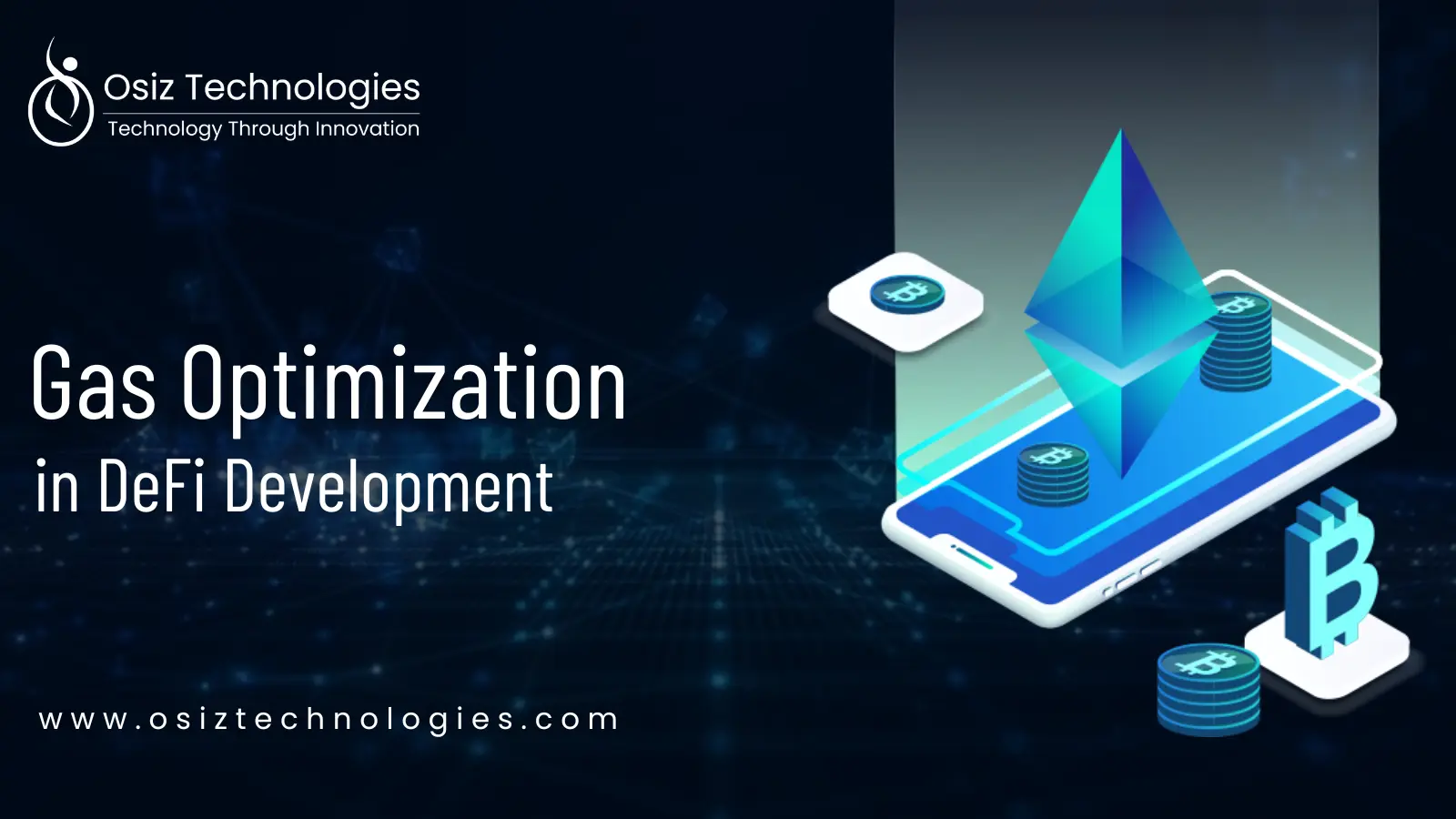In Decentralized Finance (DeFi), users use blockchain networks to trade, lend, borrow, and invest without any help from banks or middlemen. But whenever you make a transaction or do something on the blockchain, you have to pay a small amount called a gas fee. These fees help keep the blockchain running. They are small payments given to the people or computers (called validators) who check and confirm each transaction on the network.
Around the world, millions of DeFi users pay gas fees daily on platforms like Ethereum, Polygon, and BNB Chain. These costs can sometimes rise to several dollars per transaction or even more during network congestion. For everyday users and developers, these high fees can make DeFi harder to access and less efficient.
The Dencun upgrade (EIP-4844) in March 2024 solidified even more this by making Layer-2 data posting significantly cheaper through "blobs"
That’s where gas optimization steps in. By writing smarter and more efficient smart contracts, developers can reduce these costs significantly. It’s the key to building faster, affordable, and scalable decentralized applications that bring DeFi closer to everyone.
What Is Gas Optimization in DeFi?
Gas optimization in DeFi means reducing the cost of blockchain transactions by making the code behind smart contracts more efficient. In simpler words, it’s about using less gas to do the same work.
Developers achieve this by writing cleaner, optimized smart contract code, minimizing unnecessary steps, and choosing cost-effective blockchain networks. The goal is to help users and DeFi platforms save money, speed up transactions, and make decentralized applications more scalable and affordable for everyone.
By focusing on gas-efficient smart contract development, teams can attract more users, improve profitability, and strengthen the long-term sustainability of their DeFi ecosystems.
Why Gas Optimization Matters in DeFi Development?
Reduces transaction costs by optimizing gas helps lower the fees users pay per transaction, making DeFi platforms more affordable and accessible to everyone.
Improves network performance with efficient smart contract design reduces unnecessary computations, helping transactions process faster and reducing network crowd.
Improves user experience with lower fees and quicker confirmations create a smoother, more easy DeFi experience for users and developers alike.
Boosts scalability by saving computational resources, gas optimization allows DeFi platforms to handle larger transaction volumes without compromising performance.
Drives mass adoption with affordable and efficient transactions attract more users and developers, powering the global growth and adoption of decentralized finance.
Popular Tools for Gas Optimization
1. Remix IDE
Remix IDE is one of the most widely used tools for writing, testing, and deploying smart contracts. It helps developers identify gas-heavy functions directly in the code editor.
In Action: The “Gas Estimator” plugin in Remix shows how much gas a function will consume before deployment, allowing developers to improve logic instantly.
2. Hardhat
Hardhat is a flexible Ethereum development environment that lets developers test and debug contracts locally. It helps analyze and optimize gas usage by simulating transactions in a controlled setting.
In Action: Developers can use the “hardhat-gas-reporter” plugin to track gas consumption during testing and compare optimization results across contract versions.
3. Truffle Suite
Truffle provides a robust framework for deploying and testing Ethereum-based applications. It allows developers to detect costly contract operations early in the development cycle.
In Action: The integrated testing environment highlights functions that consume excessive gas, helping teams optimize before primary network deployment.
4. Tenderly
Tenderly is a powerful analytics and debugging platform that monitors deployed smart contracts in real time. It offers deep inside into transaction behavior and gas usage patterns.
In Action: Developers can simulate transactions, identify gas inefficiencies, and receive alerts if a sudden growth in gas consumption occurs.
5. Gas Reporter
Gas Reporter is a lightweight tool often used with Hardhat or Truffle. It provides detailed reports on gas usage and costs in a clear, visual format.
In Action: By implementing Gas Reporter into test scripts, teams can easily compare how small code changes affect total gas cost and make optimization measurable and based on data.
Top Techniques to Reduce Gas Costs
1. Optimize Smart Contract Logic
Writing clean and efficient code is the first step to reducing gas costs. Avoid repeating functions, unnecessary loops, or complex logic that increases computation.
Tip: Use libraries like OpenZeppelin for pre-audited, gas-optimized smart contract templates.
2. Use Efficient Data Types
Choosing the right data types can make a big difference. For example, using uint8 instead of uint256 for small values saves gas by reducing storage size.
Tip: Store only what’s necessary and delete unused variables to lower transaction costs.
3. Batch Transactions
Instead of processing multiple actions separately, combine them into a single transaction.
Tip: Sending tokens to multiple users at once can significantly cut down total gas usage.
4. Off-Chain Computation
Move heavy calculations off-chain and only record the result on-chain.
Tip: Using layer-2 networks or oracles to handle data processing reduces main network gas load.
5. Reuse Smart Contracts
Deploying new contracts repeatedly wastes gas. Instead, use proxy contracts or upgradable contract patterns to reuse existing codebases.
Tip: It lowers deployment costs and allows easier updates without full redeployment.
6. Minimize Storage Operations
Storing data on-chain is expensive. Try to read more and write less.
Tip: Reduce data or use event logs instead of on-chain storage for non-essential information.
7. Utilize Layer-2 Scaling Solutions
Platforms like Arbitrum, Optimism, and Polygon help execute transactions off-chain and settle them on Ethereum.
Tip: Faster transactions with significantly lower gas fees while keeping network security strong.
The Future of Gas Efficiency in Web3
As Web3 keeps growing, gas efficiency will play a big role in making blockchain faster and more affordable for everyone. Developers and users are now moving toward smarter coding, Layer-2 scaling, and energy-saving blockchain models to cut costs and improve performance.
At Osiz, we focus on DeFi development services that are not just innovative but also upgraded for low gas usage. By combining smart design with advanced blockchain technology, Osiz helps create a future where transactions are smoother, cheaper, and accessible to all.
Listen To The Article
Recent Blogs

X-Mas 30%
Offer










